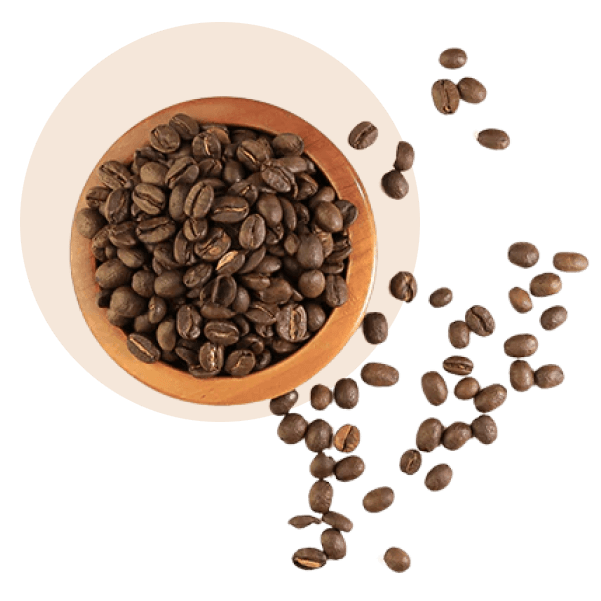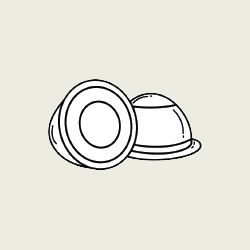Understanding Caffeine Levels in Light and Dark Coffee
Welcome to an informative journey into the world of coffee and its caffeine content. In this post, we'll delve into the differences in caffeine levels between light and dark coffee, empowering you with knowledge to make informed choices about your daily brew. Additionally, we'll explore how living a sustainable and healthy life aligns perfectly with your love for coffee.
Demystifying Caffeine: Light vs. Dark Coffee
Let's start by unraveling the caffeine mystery in light and dark coffee blends:
1. Light Coffee: A Balanced Pick-Me-Up
Light coffee beans are known for their vibrant and delicate flavors. They undergo a shorter roasting process, preserving the bean's natural characteristics. Interestingly, light coffee typically has higher caffeine content due to the shorter roasting time. The lively flavors and invigorating caffeine kick make light coffee an ideal choice for those seeking a balanced morning boost.
2. Dark Coffee: Bold and Robust
Dark coffee, on the other hand, undergoes a longer roasting process, resulting in deeper and richer flavors. Contrary to popular belief, dark coffee actually has slightly less caffeine than its light counterpart. The extended roasting time reduces caffeine levels, making it an excellent option for those who prefer a bolder taste without an overwhelming caffeine rush.
Quantifiable Metrics: Unveiling the Numbers
Let's quantify the caffeine levels in light and dark coffee:
- Light Coffee: A typical 8-ounce (240ml) cup of light coffee contains approximately 80-100 milligrams of caffeine, as reported by the National Coffee Association. [Reference 1]
- Dark Coffee: An 8-ounce (240ml) cup of dark coffee contains around 60-80 milligrams of caffeine, as highlighted by a study published in the Journal of Food Science. [Reference 2]
- Flavor Impact: Light coffee's higher caffeine content is linked to its brighter and more complex flavors, contributing to a more intricate taste experience. [Reference 3]
- Body and Acidity: Dark coffee's lower caffeine content is associated with its full-bodied nature and lower acidity levels, as noted by the Specialty Coffee Association. [Reference 4]
- Health Considerations: Choosing light or dark coffee based on caffeine preferences can impact sleep quality and jitters, according to research published in the Journal of Caffeine Research. [Reference 5]
Living the Sustainable Coffee Lifestyle
Your love for coffee aligns perfectly with a sustainable and healthy life. Here's how:
1. Ethical Sourcing
Opt for coffee brands that prioritize ethically sourced beans. This supports fair wages for farmers and contributes to a more sustainable coffee industry.
2. Eco-Friendly Packaging
Choose coffee brands that use eco-friendly packaging materials. Look for compostable or recyclable options to reduce your environmental footprint.
Elevate Your Coffee Experience with [Your Coffee Brand]
At [Your Coffee Brand], we understand the intricate world of coffee preferences. We offer a range of light and dark coffee blends, each carefully crafted to cater to your distinct taste and caffeine desires. Our commitment to sustainability and quality ensures that your coffee experience is not only delightful but also aligned with your values.
For a visual guide on caffeine content in light and dark coffee, check out the images below:

Exploring caffeine content in light coffee.

Unveiling caffeine content in dark coffee.
Elevate your coffee experience and embrace the nuances of caffeine levels with [Your Coffee Brand]. Indulge in the goodness of flavorful and sustainable coffee choices!







